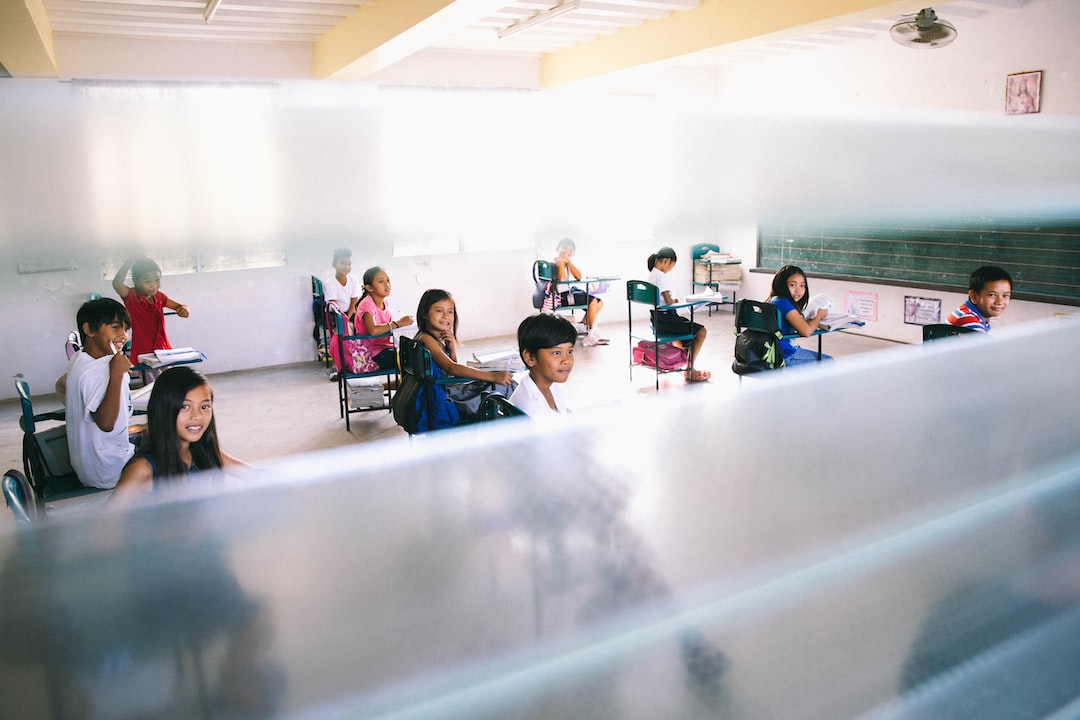The Role of Art and Music in Education
Education plays a vital role in shaping the minds and characters of individuals. It equips them with knowledge that empowers them to succeed in their personal and professional lives. However, education is not limited to textbooks and academic subjects alone. Art and music also hold a prominent place in a well-rounded education, as they contribute to the development of various skills, foster creativity, and provide a means of self-expression.
Art, in all its forms, has the power to inspire, captivate, and provoke thought. It fuels imagination and allows individuals to explore their creativity. By incorporating art into education, students are exposed to different forms of artistic expression, such as painting, sculpture, and photography. These art forms encourage students to observe, analyze, and interpret the world around them from multiple perspectives. This fosters critical thinking skills and helps students develop an appreciation for the beauty and complexity of the world.
Furthermore, art education nurtures skills that are often overlooked in traditional subjects. For instance, when students engage in art activities, they learn problem-solving, attention to detail, and patience. They experiment with different materials, techniques, and colors, which requires them to think outside the box and find solutions to artistic challenges. Art encourages students to embrace mistakes as opportunities for growth and helps them develop resilience, a trait that is essential for success in any field.
Moreover, art paves the way for self-expression. Many students find it difficult to articulate their thoughts and emotions verbally. Art provides them with a medium through which they can express themselves freely and without inhibition. This self-expression helps students develop their identity, boosts their confidence, and enhances their emotional well-being. By encouraging individual expression, art education allows students to acknowledge and appreciate their unique talents and perspectives.
Similarly, music has a profound impact on education, both academically and emotionally. Music education enhances students’ cognitive development, memory, and problem-solving skills. Studies have shown that learning to play an instrument, for example, improves mathematical abilities and spatial-temporal skills. The rhythm and structure of music also facilitate the development of analytical thinking, as students learn to recognize patterns and anticipate changes.
In addition to academic benefits, music encourages emotional development and social interaction. Playing in an ensemble or singing in a choir requires students to work collaboratively, listen attentively, and respond to non-verbal cues. These skills are transferable to various aspects of life and are valuable in cultivating positive relationships. Moreover, music has the power to evoke emotions and connect people on a deep level. It provides a means of catharsis and self-reflection, helping students understand their feelings and cope with stress and anxiety.
Moreover, art and music have the potential to support students’ overall engagement and enjoyment of education. Many students find academic subjects daunting and uninteresting. Integrating art and music into education can make learning more enjoyable and relatable. For instance, teachers can use visual arts to illustrate concepts in science or history, making it easier for students to grasp complex ideas. Similarly, music and songs can be used to explain mathematical formulas or memorize important facts. By incorporating art and music into education, educators can tap into students’ creativity and passion, leading to higher levels of engagement and motivation.
In conclusion, art and music are integral components of a well-rounded education. They foster creativity, critical thinking, and expression, and provide a means for students to develop skills that go beyond the traditional academic subjects. Art and music enhance cognitive development, emotional well-being, and social interaction. By incorporating art and music into education, we can create an environment that nurtures students’ creativity, instills a love for learning, and equips them with the skills necessary for success in all aspects of life.

